- News
- Reviews
- Bikes
- Accessories
- Accessories - misc
- Computer mounts
- Bags
- Bar ends
- Bike bags & cases
- Bottle cages
- Bottles
- Cameras
- Car racks
- Child seats
- Computers
- Glasses
- GPS units
- Helmets
- Lights - front
- Lights - rear
- Lights - sets
- Locks
- Mirrors
- Mudguards
- Racks
- Pumps & CO2 inflators
- Puncture kits
- Reflectives
- Smart watches
- Stands and racks
- Trailers
- Clothing
- Components
- Bar tape & grips
- Bottom brackets
- Brake & gear cables
- Brake & STI levers
- Brake pads & spares
- Brakes
- Cassettes & freewheels
- Chains
- Chainsets & chainrings
- Derailleurs - front
- Derailleurs - rear
- Forks
- Gear levers & shifters
- Groupsets
- Handlebars & extensions
- Headsets
- Hubs
- Inner tubes
- Pedals
- Quick releases & skewers
- Saddles
- Seatposts
- Stems
- Wheels
- Tyres
- Health, fitness and nutrition
- Tools and workshop
- Miscellaneous
- Cross country mountain bikes
- Tubeless valves
- Buyers Guides
- Features
- Forum
- Recommends
- Podcast
2024 Sram Red AXS vs Shimano Dura-Ace R9200: which top-tier road groupset is best?
The new 2024 Sram Red AXS has just dropped and it’s lighter, more comfortable and undoubtedly has less ugly shifters than ever before. However, to be a success it has to do just one thing and that is: it’s got to be better than Shimano Dura-Ace Di2. Well, today is the day that the two top-tier road groupsets go head to head so stick around to see which one I would choose in 2024.
Before we get started, a disclaimer: this is my personal opinion of which I would choose in 2024. Spoiler: both groupsets are extremely capable, and which one you think is better will likely come down to personal preference, let us know whether you agree or disagree with my final decision in the comments section below.
Campagnolo used to rule the roost when it came to road groupsets, but these days, if you’re a professional cycling team, the choice seemingly comes down to whether to fit Shimano Dura-Ace to your bikes or whether you go for Sram Red. Both have electronic shifting, both are hydraulic disc brake only, both are eye-wateringly expensive and both weigh about two and a half kilos.
How, then, do you go about choosing between them? Well, up until now, I haven’t. I have one of my bikes set up with Shimano, and the other with Sram. There really is that little to choose between them, I am most definitely on the fence. I've therefore been out on them back to back over the last few weeks to see whether the new Sram Red is going to change that...
The New Sram Red
You can read our full review here, or check out all the tech details including component weights here.
For those of you who don't want the full details, here's the low down: Sram says that every part of the new Red has been refined, but the press release focuses on an improved, lighter brake feel, smoother front shifting and expanded gearing choices.
Clearly, the biggest visual difference is the shifters, they’re much, much much less bulbous than previously which, in my opinion, looks a lot better. Like on both the previous generation of Red and the latest Dura-Ace, you still get 12 sprockets at the back, and as we’ve become accustomed to with Sram, the derailleurs are wireless and have a battery on each.
Although just about every component has been fettled, there’s still plenty of similarities with the previous generation. It still uses a direct mount chainring design, there are both 1x and 2x options available, there’s still a Quarq power meter option, the smallest sprocket is still 10T, you still change gear using a single button on each shifter and even the graphics look pretty similar.
Gear shifting
Sram’s new rear mech has shaved off 16 grams and got itself some new larger pulley wheels which are said to reduce chain articulation, but can it now shift faster than Shimano?
Well, yes... and no. You can watch both shift gear in the video above but, to be honest, it's pretty inconclusive. The real issue is the feel of each gear shift rather than the speed itself.
Up until now, Shimano has always been my preference when it comes to physical shifting performance. The latest Dura-Ace R9200 has absolutely pinpoint precision and feels instantaneous, whereas previous generations of Sram eTap have been noticeably slower with a small delay between pressing the button and the mech springing into life.
This latest Red groupset isn't noticeably slower than Dura-Ace. In fact, when shifting through multiple gears I think it might actually be faster. It does still feel different, though. Not necessarily better or worse, just different.
To try and put that into words is rather tricky, it's kind of... more ker-dunk. Not ker-dunk as in bad, it's more that you know about it when the chain travels from sprocket to sprocket, or chainring to chainring - you can feel that mechanical interaction rather than a glide. I realise that sounds like a negative but there's no rasping or ticking, just a reassuring clunk and bam, the next gear is reassuringly engaged.
> Review: Shimano Dura-Ace R9200 Groupset
In his full review, Stu likened himself to a bear eating porridge. Dura-Ace is the smoothest, Campagnolo WRL has the most mechanical feel and this latest Red sits somewhere in the middle. For Stu, this is a happy medium. The Red is most to his taste.
Personally, I do still like the Dura-Ace, but for the first time, I don't think that the Red's shifting performance is lagging behind. So, sorry, there is no clear winner here, it will come down to individual taste. One thing that we can agree on is that both Dura-Ace and the latest Red are absolutely excellent in terms of shift speed and performance.
Weight
As we all know, a few hundred grams is going to make absolutely zero difference to how fast you can ride. Still, chances are that if you're in the market for either of these groupsets then value for money isn’t exactly your primary concern and so the weight of your groupset will determine how much you can show off down at the cafe.
The latest Sram Red has been on a serious diet and has been billed – by Sram – as the lightest-ever electronic groupset. The non-power meter groupset has a claimed weight of just 2,461g, some 154g lighter than the previous generation, and around 400g lighter than Sram Force AXS.
Shimano Dura-Ace, meanwhile, weighs in at 2,507g (by the time you've added a battery and wires to complement an average-sized bike), so 46g heavier than Red. Once again, in the real world this is going to make absolutely no difference!
Braking performance
"True-one finger braking": that’s what Sram says about the new Red, but is it a reality?
Well, yes! Sram has improved an area that we didn't even know needed improving. The brake levers are impressively light without losing any modulation and the brake-feel is indeed lighter than Dura-Ace.
Not many people would say the braking performance was the highlight of Dura-Ace R9100. It was more than powerful enough but on meaningful descents the rotors would rub the pads in a less than quiet way. The latest Dura-Ace R9200 improved on this with 10% wider pad clearance which certainly helped but didn't completely alleviate the problem on sustained descents.
> 12 essential braking tips — get better control on hills & when stopping
I'd say that the previous generation was already on par with the latest Dura-Ace in this regard but Sram has taken the opportunity to further its pad clearance to move in front.
As far as power and modulation are concerned, there's very little to tell the two apart. After all, the limiting factor is nearly always going to be between the tyre and the road anyway. Both Dura-Ace and Red have lever reach adjustment which is useful for riders with smaller hands.
Gearing options
In previous reviews, we've praised both groupsets for expanding their gearing options and despite being "pro" level groupsets, both offer options to accommodate mere mortals like us.
The latest Sram is available with: 46/33T, 48/35T, 50/37T, 52/39T, 54/41T, and 56/43T chainring combos but really it's only the first three that most of us need look at.
> All the gear? Check out the gearing choices of the pros at the Tour de France
Shimano, meanwhile, takes a more traditional approach and is available in 50/34T (compact), 52/36T (mid-compact) and 54/40 (full size). Whilst this will satisfy most road users, it's clear that Red has the lower gearing options when it comes to chainrings, at least.
Moving on to the rear, the new Red is available with cassettes from 10-28T to 10-36T, with 10/30T and 10/36T options joining the party in Red format for the first time. This is a welcome upgrade and not only opens up options of a full-Red 1x groupset but also the possibility of REALLY low road gearing.
Dura-Ace has just two cassette options 11/30T and 11/34T. Again, this will satisfy the majority of road riders but means that 1x isn't really an option and some riders may struggle to find gearing small enough for steep climbs (both Ultegra and 105 offer smaller chainring sizes and larger range cassettes).
We've previously lauded Sram's X-range gearing (smaller chainrings at the front and wide-ranging cassettes at the back) at road.cc and once again I think it makes sense for the vast majority of amateur riders.
Front shifting
In the past, the front chainring shifting performance of Sram has been THE primary reason to go for Shimano instead but in the last few years, Sram has been working hard to overturn its reputation in this area.
Over the past few weeks, I've not held back when it comes to changing gear and have to say that I'm very impressed.
> Complete guide to electronic gears: your bike's shifting, indexing and charging explained
Both groupsets, then, are more than capable of doing some impressive shifting under load as long as you set them up correctly, and I do think that the days of Sram’s front-shifting woes could be behind them.
Bonus buttons
One of my favourite things about my Shimano-equipped bike is the auxiliary buttons located on the top of the shifters. You can use these to change gear or even set them up to control your head unit. Now Sram has joined the bonus button party.
Just like on Dura-Ace, these can be customised and they're among my favourite things about the new Red groupset. I do however think that the Shimano ones are better placed, they feel more natural to use when out on a ride.
Comfort
> How to make your bike more comfortable - check out our 14 tips
Comfort might seem like a funny thing to rate a groupset on but bear with me. It is one of only three contact points on the bike, it’s responsible for the shifting, braking and pedalling you do out on rides, so any discomfort or poor ergonomics is most definitely a reason not to buy.
Sram has radically redesigned its shifters, so are they still comfortable? Yes, is the answer, they're now a lot less bulbous and the shifter size is now similar to that of Dura-Ace. In fact, both are now almost as small as rim brake shifters of old.
Shifter comfort is once again an area that is going to come down to personal preference, but I've been more than happy clutching at both on long endurance rides.
Crank lengths
This might seem like an unnecessary detail but I think it's something that will be pushed into the limelight in coming years as more and more people seem to be talking about crank length.
In a recent bike fit video we discussed riders using the wrong size cranks for them, the benefits of going to shorter cranks and the latest trend for the pros to be going shorter, the crank lengths offered in Sram Red and Shimano Dura-Ace are below:
Sram: 160, 165, 167.5, 170, 172.5, and 175 mm lengths
Shimano: 165, 167.5, 170, 172.5, 175, 177.5, and 180mm crankarm lengths.
With the latest Red, Sram has jumped on this trend and now offers 160mm cranks. Shimano, meanwhile, has more options when it comes to longer lengths.
Price
Here at road.cc we always base our reviews on the RRP so that’s what we’ll do here as well. It is worth bearing in mind though that Dura-Ace R9200 has been out for a little while now so it is possible to get it at a hefty discount.
Groupset prices are never as easy as they seem they are but don't worry, I've consulted a spreadsheet. Let's start with Dura-Ace as that does seem the most simple. The RRP of R9200 is £3,499. That price, however, doesn't include a set of disc rotors so we'll add a set of those at an RRP of £65 a pop bringing our new total to £3,629.
Sram, sram sram, where do we start? On the sheet that we've been sent you can buy the new Red for £3,000. "A bargain," I hear you cry. Sadly, we also need to add some rather important bits to this as well.
A chainset for example, will set you back £700 and a cassette an eye-watering £390. That gives a total of £4,090 RRP in its cheapest guise. You do, however, for that price get a Karoo head unit. I told you it wasn't simple. If you actually want that then that's a £450 extra! That means that the actual groupset parts come to a total of £3,640, just £11 more than Dura-Ace. It looks like we aren't splitting the two apart on price then!
You could argue that Dura-Ace will be cheaper to keep on top of, for example, if you wear out a cassette you’re looking at a £390 pound bill for Sram compared to £330 for Shimano.
The same is true for the chains – £90 for Sram, £60 for Shimano – and don’t even get me started on integrating a power meter into your chainrings although they have been proven to last a long time (20,000 miles or so if you keep on top of cleaning).
Which one would I choose?
I'm in the very fortunate position of having both groups just waiting on test bikes ready to ride. So having completed the review, which one was it that I decided to spend an extra few weeks on?
Drumroll please! It was the Sram Red. After decades of trying, I think that it’s finally managed to surpass Dura-Ace. There’s no longer a weight penalty, the shifting is now nearly as quick and definitely as reliable, and you now get the nice extra buttons like you do with Shimano, you get a power meter system that has earnt a much better reputation than Shimanos and the shifters and braking feel like a real step forwards in an area I didn’t even realise we needed to step forwards.
At a brief glance, the new Sram Red might not appear a whole lot different to the old version but the incremental improvements mean that it’s now quite possibly the best money-no-object groupset in the world. In fact, I wouldn’t be at all surprised if we see a fair few more World Tour teams swapping suppliers next year. Shimano, let this be your wake-up call! Dura-Ace is due an update in 2025 so let's see if they can reclaim their ultimate road bike groupset title.
Let us know what you think of the new Sram Red in the comments section below, as well as whether you’d choose it over Dura-Ace...
Jamie has been riding bikes since a tender age but really caught the bug for racing and reviewing whilst studying towards a master's in Mechanical engineering at Swansea University. Having graduated, he decided he really quite liked working with bikes and is now a full-time addition to the road.cc team. When not writing about tech news or working on the Youtube channel, you can still find him racing local crits trying to cling on to his cat 2 licence...and missing every break going...
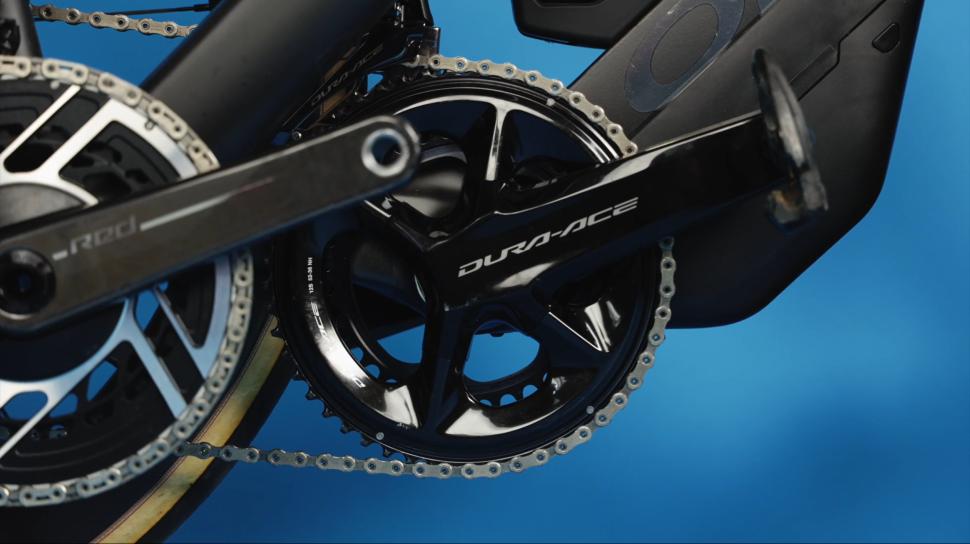

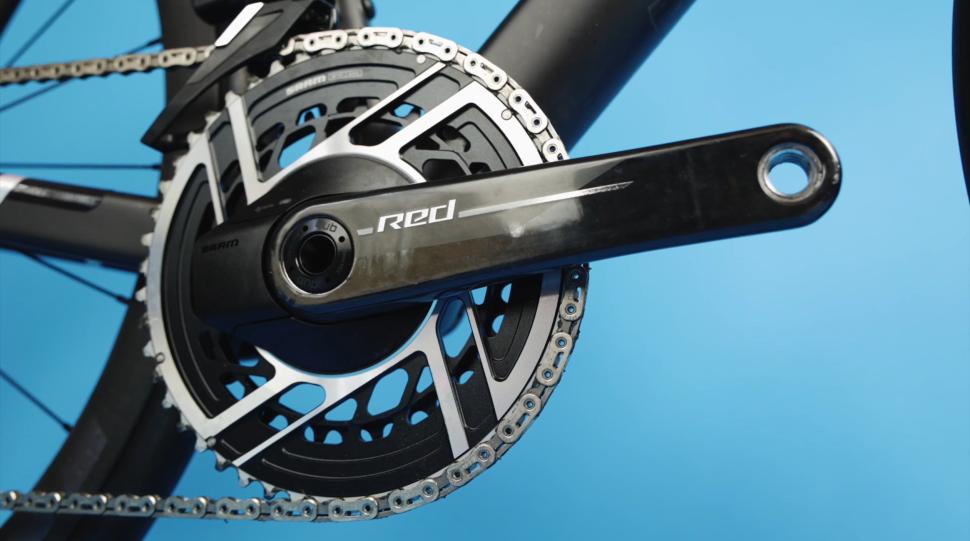
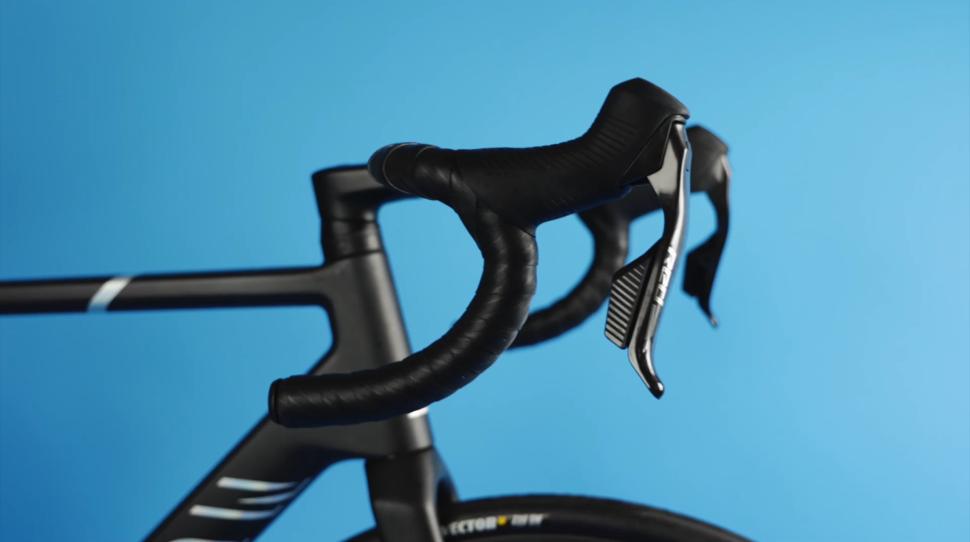



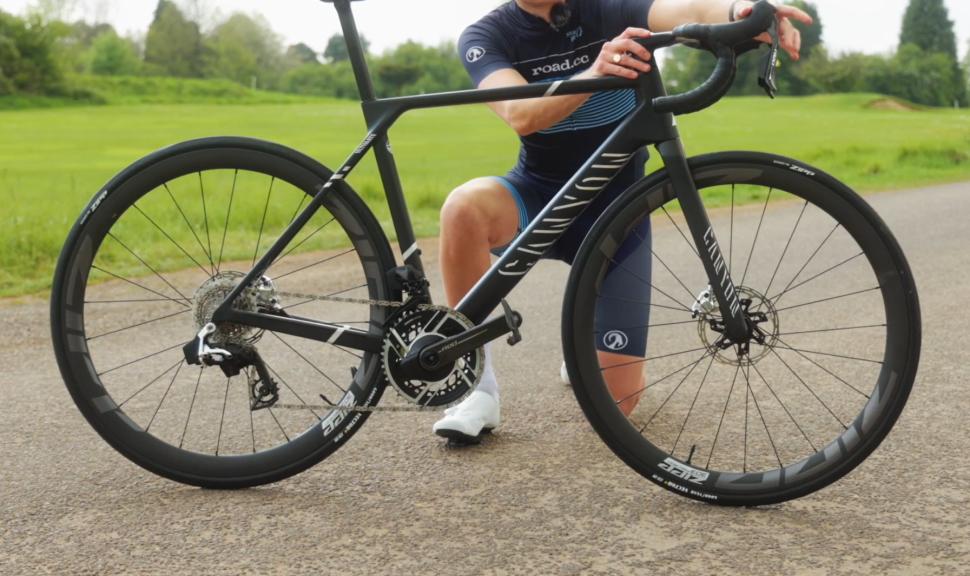
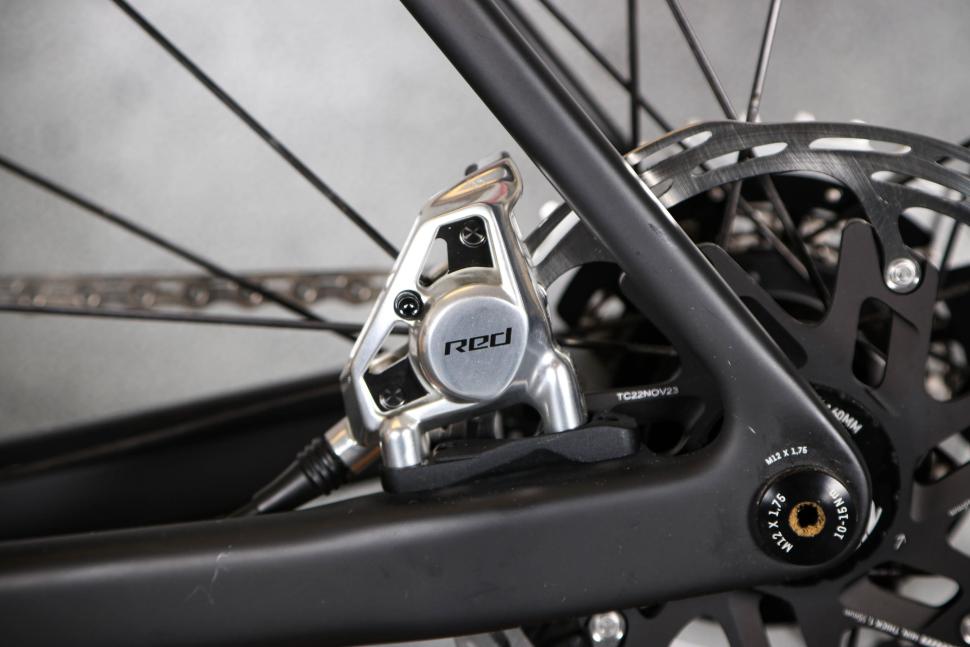
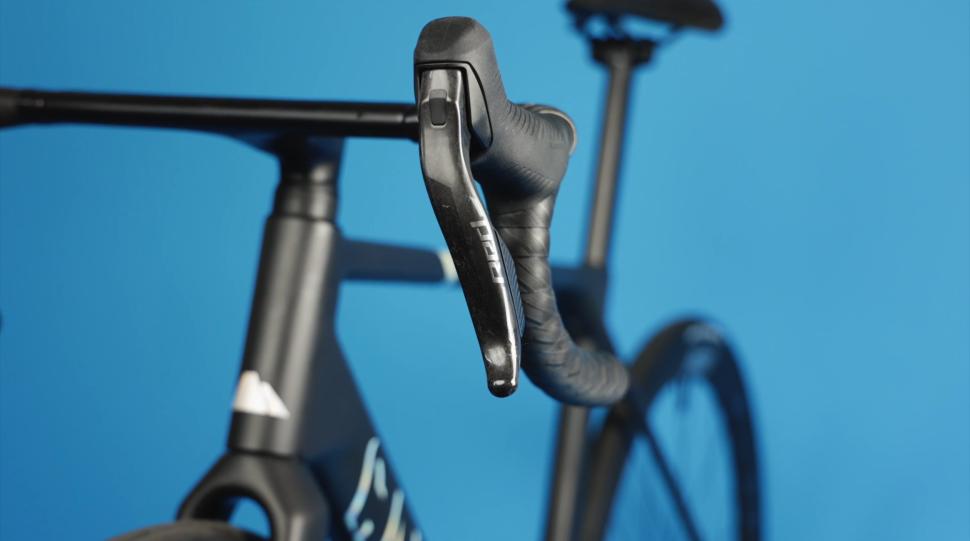

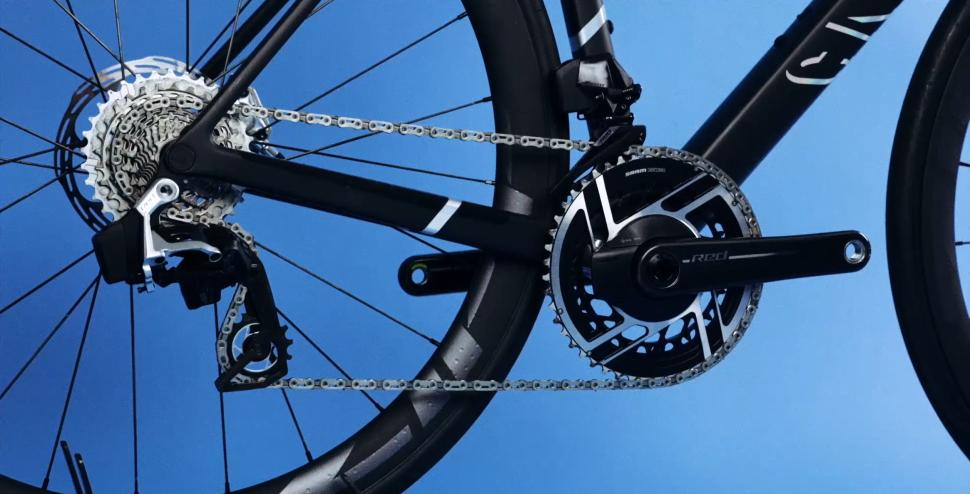
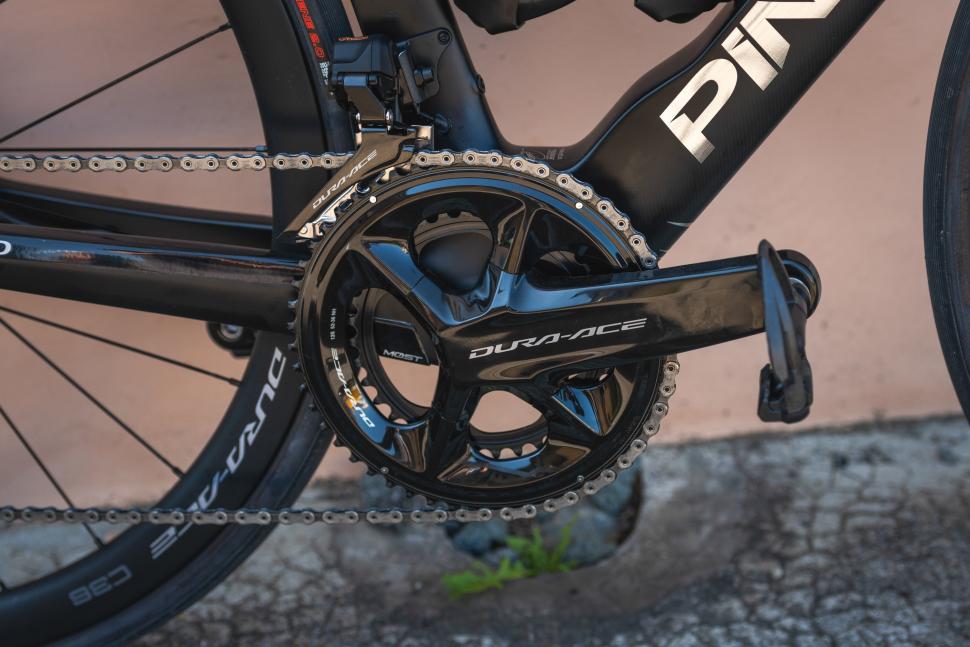
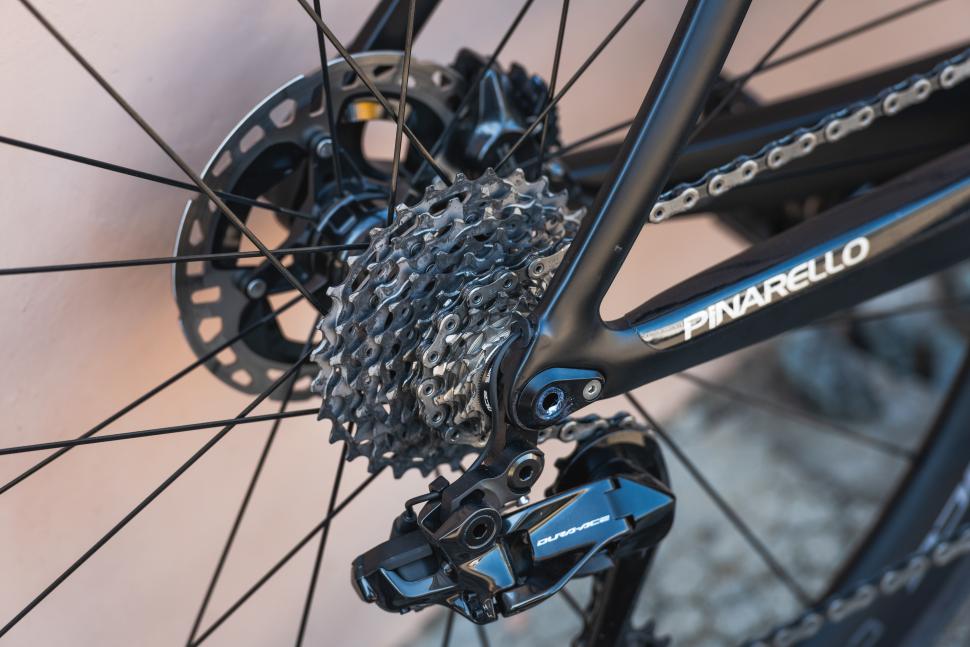
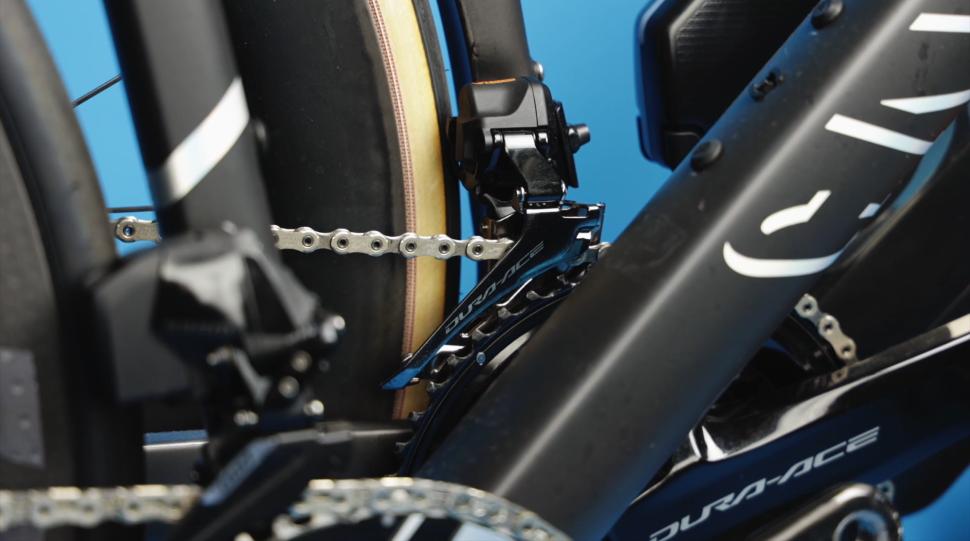
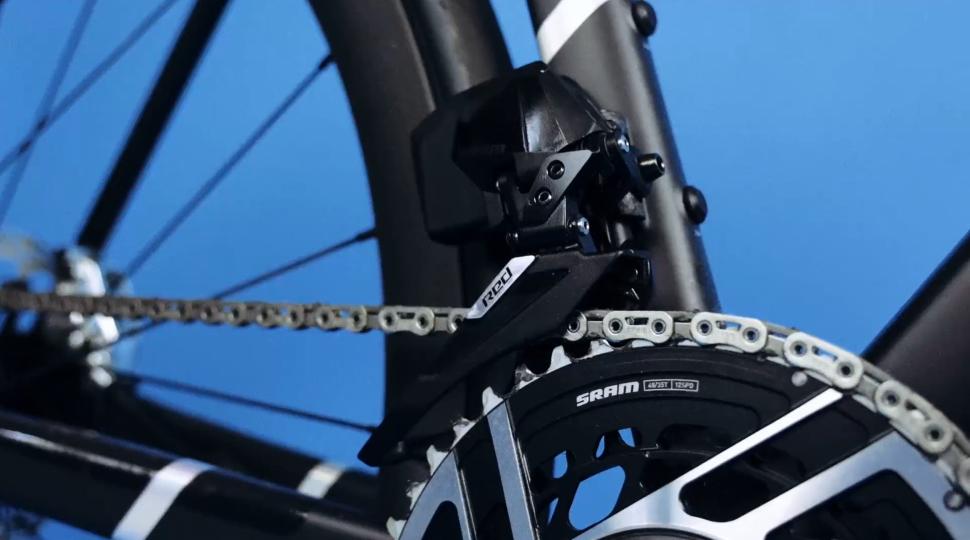
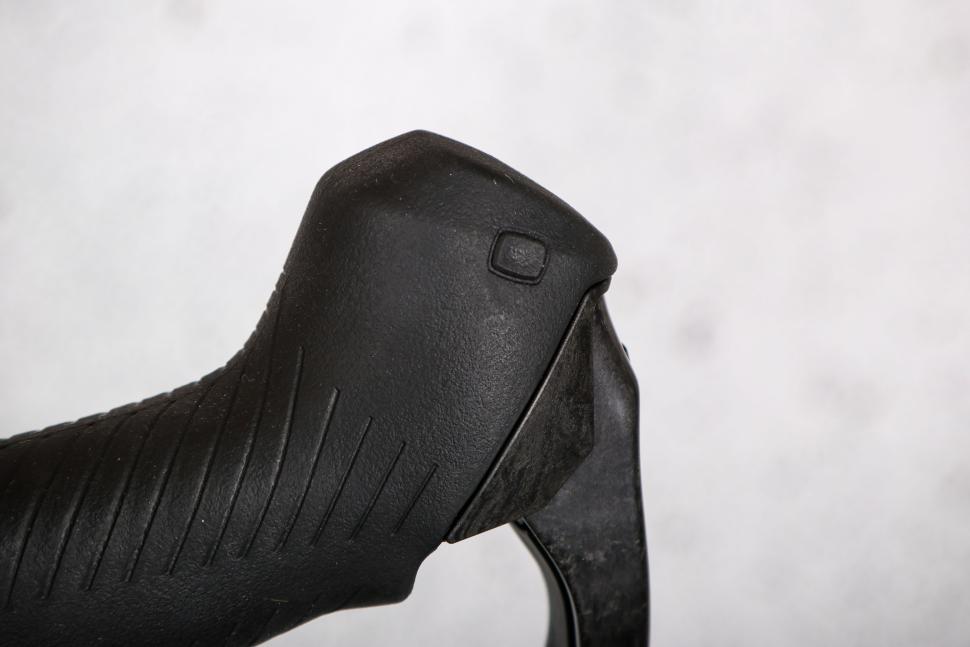

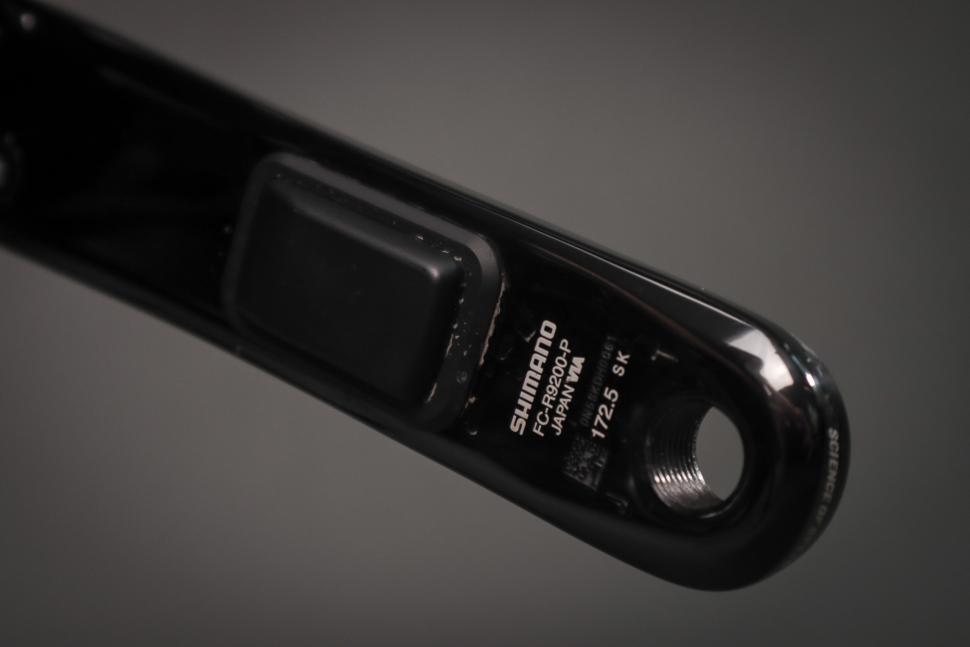

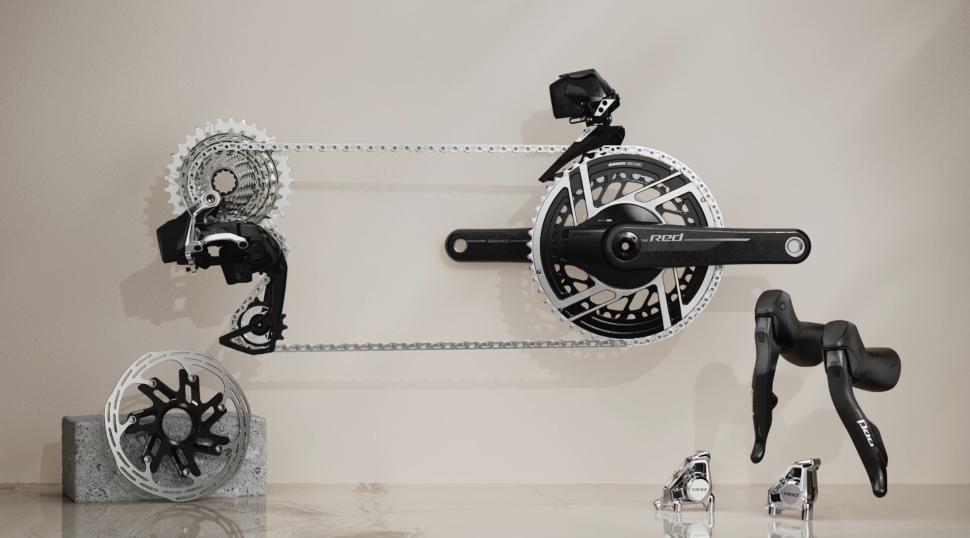
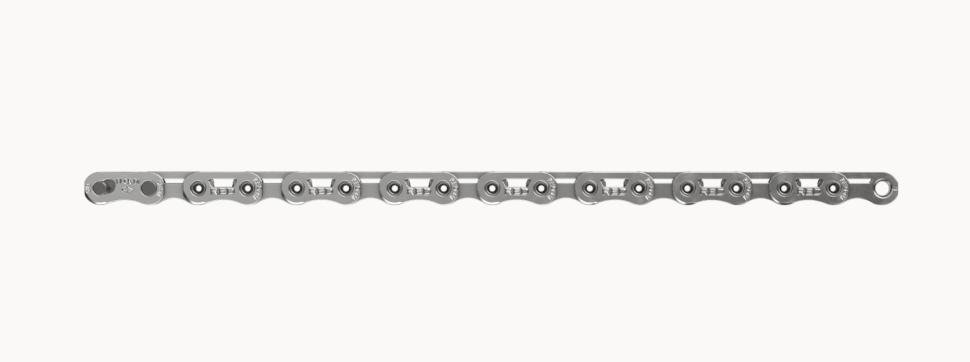

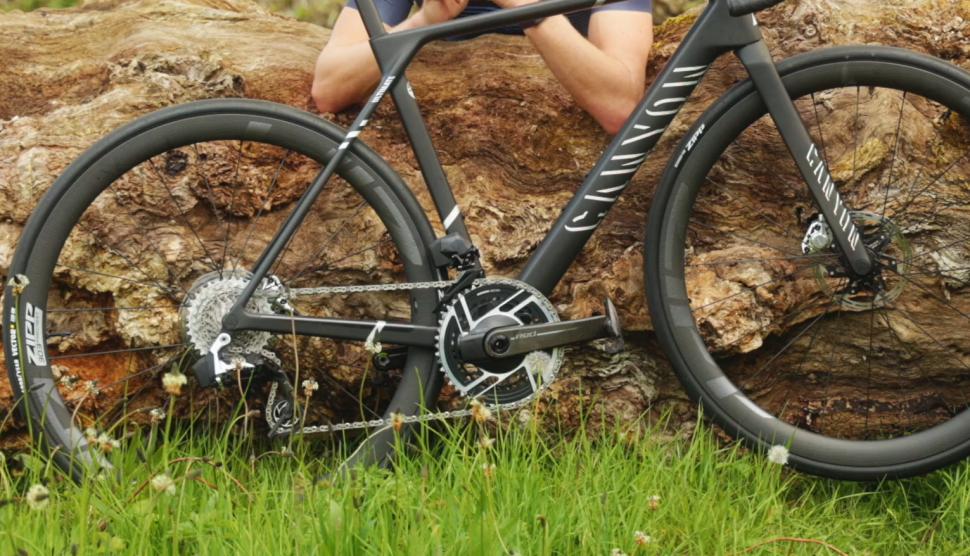
Car smashes into chippy...
I'm impressed by my DX1000, the keys look difficult for picking, though I'd like to seethe LPL having a go at one. And it definitely feels the part...
So cyclists will be punished far heavier than killer drivers. Sums up the fkd up UK.
I've done the 312 and other closed roads events like the Etape Caledonia and each time there is bad press like this in advance but on the day the...
It's not that surprising that Mr GrumpyGobshite hasn't seen the 20mph limit "stuck too [sic] in 47 years" as it was only reintroduced in 2004, it...
Spiral wound cables can expand and contract and possibly help with brake modulation, as well as make tighter bends. ...
My TL200 rear light stopped working after 14 months - it seems IP ratings arent what they say on the tin! I have tried different brands and all...
I've no idea what the situation is here, but I've seen plenty of "under construction" cycle lanes where there are only signs/barriers around the...
whereas the whole point is that they didn't hit you this time
AIUI an entering-circulating accident [sic] would be when the vehicle entering the roundabout fails to give way to the vehicle circulating.